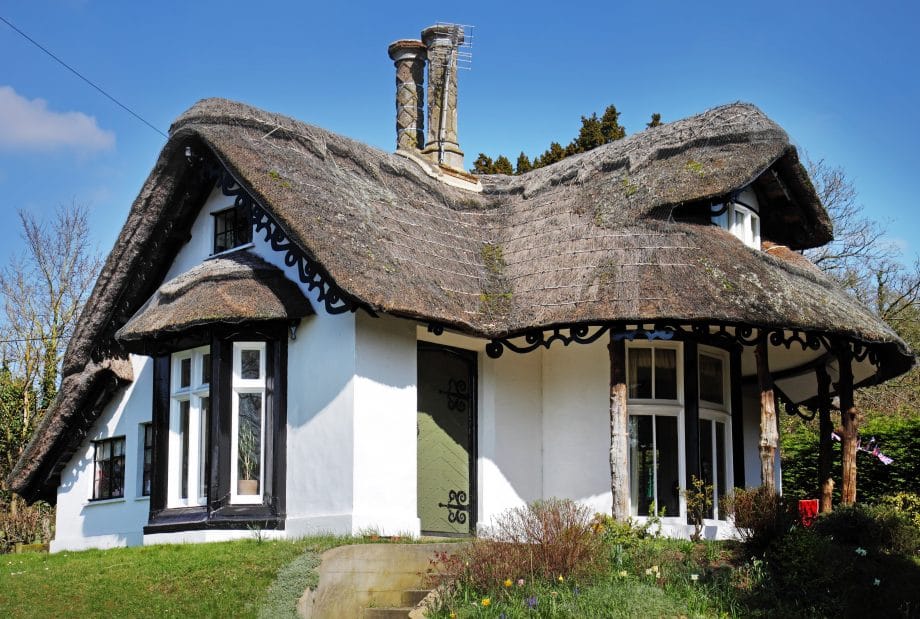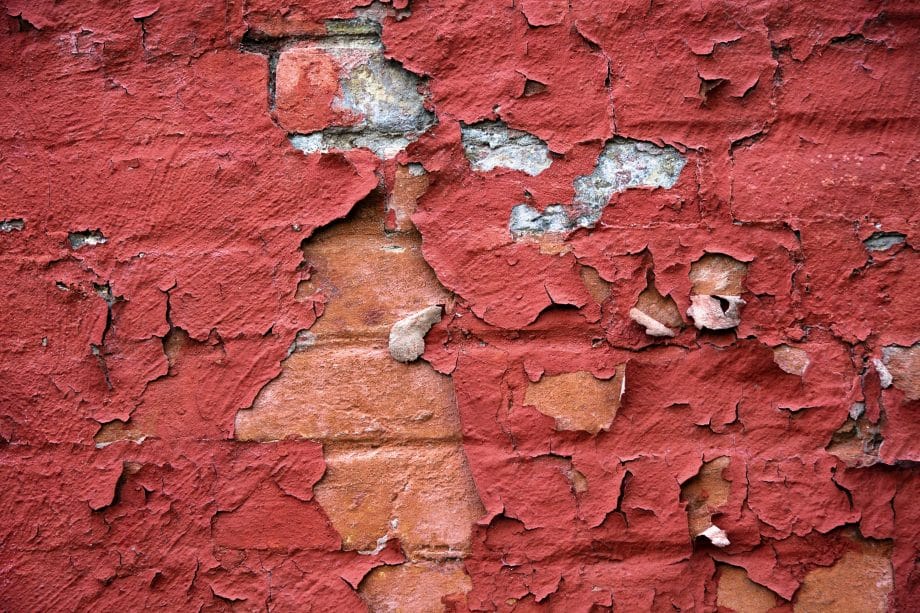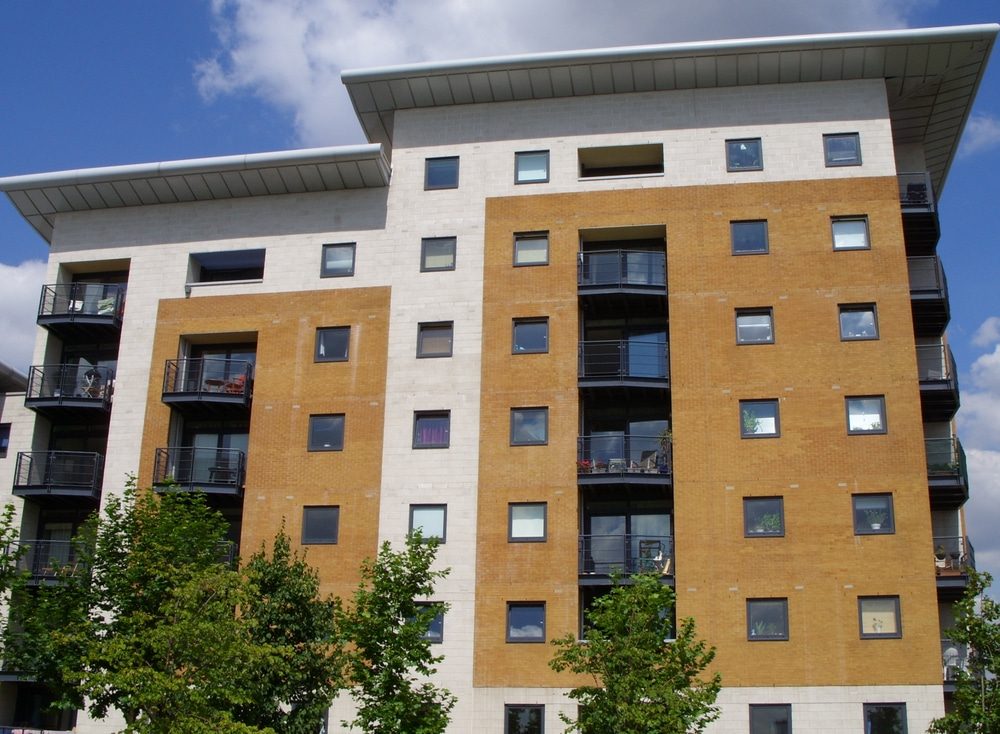For the quickest way to give curb appeal to your property, painting the exterior brickwork or render of your building will not only give your building a fresh look but depending on the product used, exterior masonry paint can be waterproofing, breathable or flexible with the added benefit of UV protection.
Moisture & Substrates
Painting your exterior masonry will provide protection against the ingress of moisture and atmospheric attack. Applying exterior paints or coatings will provide a barrier of defence against these forms of attack, increasing the longevity of the masonry. In addition, a wall that is dry is more thermally efficient meaning a warmer home in winter with lower energy bills. The British Isles as we all know are a damp and wet environment. Generally, external walls have a moisture content of between 10% to 20%. However, moisture content does vary between material type. For example, concrete, bricks and stone all have varying levels of porosity – the more porous a substrate, the more moisture it will absorb and retain.
Other factors will influence the moisture content of masonry, such as the time of year, exposure to weather and any underlying problems with the building fabric. These can include rising damp, damage or neglected maintenance. Leaving these issues untreated will ultimately allow the ingress of further moisture. Equally all the above factors should be considered when selecting a masonry paint system.

A main attribute of any external masonry paint should be its ability to breathe. A breathable or microporous coating will protect against the ingress of moisture whilst allowing the substrate to dry out. Masonry paint achieves this by allowing water trapped bellow to the coating to escape and evaporate away. This is done so in the form of a water vapour.
Risks of Using Unsuitable Masonry Paint
Applying a paint system that is non-breathable means all of the moisture content remains trapped in the substrate. This greatly increases the risk of damage to masonry, as in the colder months this moisture will freeze and thaw expanding in the process. This places stress on the masonry and will eventually cause it to decay and fail.
Materials such a such as soft brick, friable stone, render and cob are particularly vulnerable to this form of attack so applying a vapour permeable of breathable paint is of paramount importance.
LBC Common Fletton facing bricks are particularly difficult to specify for. This is as adhesion between a masonry paint and these types of bricks is usually difficult. This is often seen on brick walls where the paint is peeling away.

Another important factor to consider when choosing an exterior paint or coating is its elastomeric properties – its ability to stretch (Murfill Renovation and Bedec Extraflex Masonry Paint offer 400% elasticity). Applying a coating with poor elastomeric properties means it will struggle to move with the thermal movement of the building. This movement will result in the paint eventually cracking or splitting exposing the substrate beneath allowing the ingress of water.
Which Masonry Paint is Best?
Rather than saying which paint is the best, it is better to understand the benefit of the different types of paint coatings for masonry depending on your substrate type. This will help to choose the best painting system for your external walls.
We have produced a series of articles on each type of masonry paint. There we discuss in detail the benefits and ideal situations for their separate properties.
Read More About:
- Introducing Limewash Paints
- Masonry Paint: Introducing Film Forming Paints
- Masonry Paint: Introducing Silicate Based Paints
- Introducing Anti Carbonation, Stain Blocking Paints
Hopefully the above articles will help you to determine the right coating for protecting your masonry. However, if you are still unsure please do not hesitate to contact Promain‘s technical team on 01462 421333.
Our manufacturer trained technical team will be able to advise on all aspects of your masonry painting project. They will also be able to advise the correct painting system based on your individual requirements.




